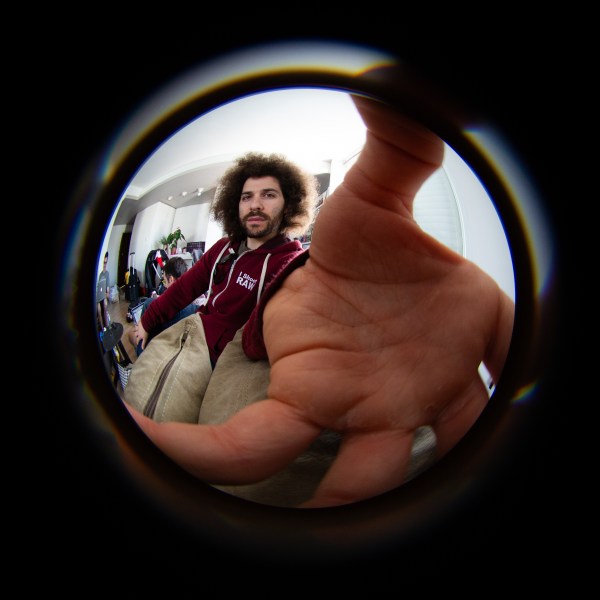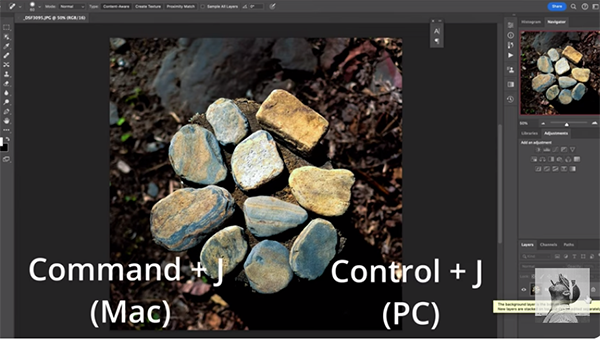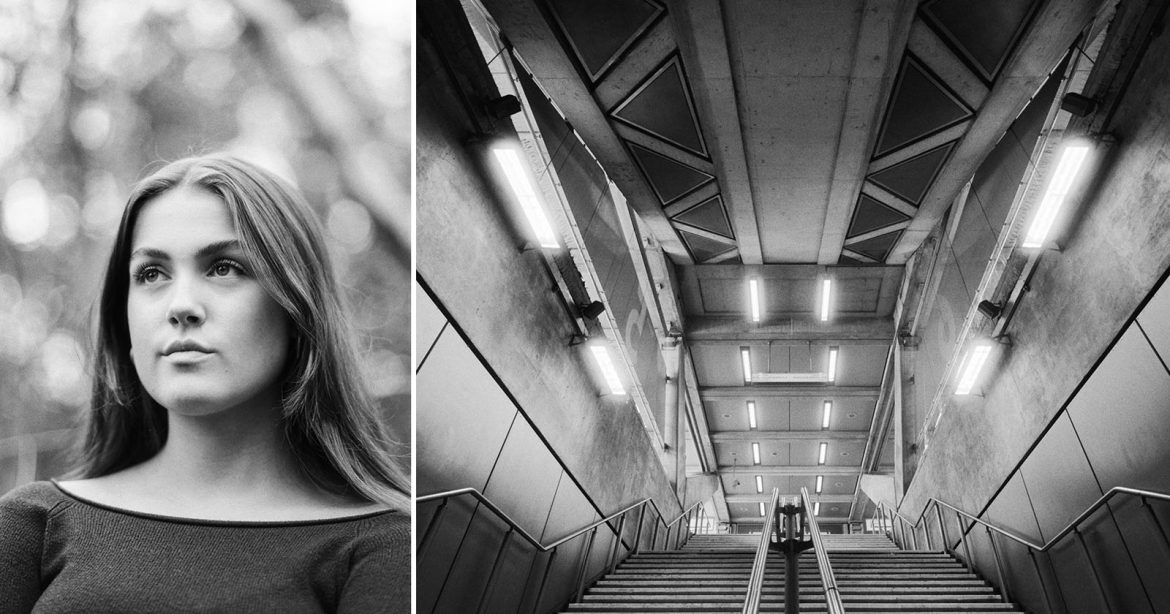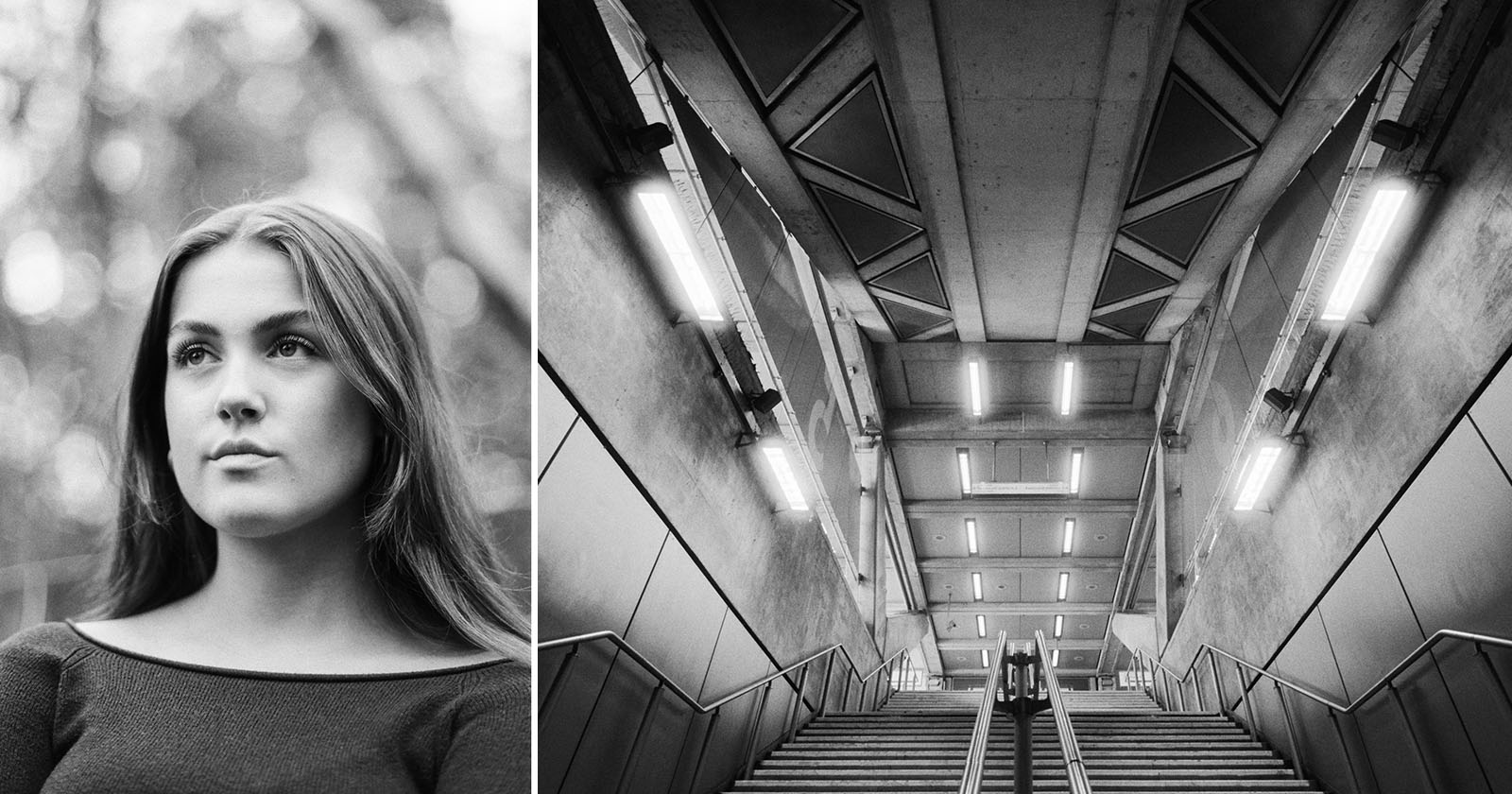The post Weekly Wrap Up! appeared first on Digital Photography School. It was authored by Sime.
What did you do with your camera this week? We actually want to know! Inspiration goes both ways, right? Pop us a comment, even just to say g’day. I try to get out with my camera as often as life allows! I just (literally, moments ago haha) tried to setup a shot where you could see the hot air balloons and my desk in the foreground – kinda tricky! Bright morning sun and a relatively dark office, but its always fun to try! Anyways, I’m rambling – Say hello in the comments, share a photo! Have a good weekend. (Its Friday here in Melbourne)

Weekly Wrap-Up: From Portraits to Minimalist Landscapes
Another week, another treasure trove of photography tips and inspiration! Here’s what caught our eye in this week’s issue of Digital Photography School. Not Subbed? Join Us Here – It’s Free
Portrait Perfection: 10 Tips to Level Up – [read it…]
First up, a standout piece—10 Ways to Take Stunning Portraits. Whether you’re photographing friends, clients, or strangers, this guide is full of quick wins and deeper insights into lighting, posing, and bringing out natural expressions. A must-read for anyone looking to elevate their portrait game.
Minimalist Landscapes: Less Really Is More – [Interested?…]
Minimalist landscape photography is having a moment, and for good reason. This week’s Simple Guide to Minimalist Landscape Photography breaks it down beautifully—how to see simplicity in chaos, use negative space, and create serene, compelling compositions with very little.
Bird Photography Lighting: 7 Gorgeous Tips – [The bird!..]
Bird photographers rejoice! There’s a great piece on lighting for bird photography. It covers natural light, angles, and timing to help you get those crisp, well-lit avian portraits—without disturbing the subject.
Fisheye Fun: Creative Uses for a Unique Lens – [Go wide!…]
Got a fisheye lens collecting dust? This quick guide with five tips might spark some fresh ideas. Think beyond the cliché skateboard shots—there’s room for artistry here. Here’s a Fisheye photo out of my camera, the last time I used my Lensbaby Fisheye… Lifetime ago!

After Dark: Low-Light Landscape Mastery – [Low Light Love…]
Low-light landscape photography can be tricky, but this guide is packed with tips that make it far less intimidating. It’s perfect for night owls chasing star trails or dawn chasers looking for that pre-sunrise magic.
?? Gear Reviews: Filters & Storage

There are two solid gear reviews this week:
- K&F Concept Filters get a hands-on test, with insights into how they handle different lighting conditions.
- A closer look at the Synology DS925+ cloud storage solution—ideal for photographers juggling growing archives.
Post-Processing Corner – [Which Tablet?]
If you’re editing with a graphics tablet (or thinking about it), the post on 10 Powerful Tips for Editing with a Tablet is worth your time. It covers workflow, brush settings, and getting the most from pressure sensitivity.
That’s a wrap on this week’s photography reads! Whether you’re shooting portraits, chasing birds, or editing under the stars, there’s something in here for every kind of creative.
Catch you next week with more picks from the inbox. Until then, happy shooting! ?
The post Weekly Wrap Up! appeared first on Digital Photography School. It was authored by Sime.



















